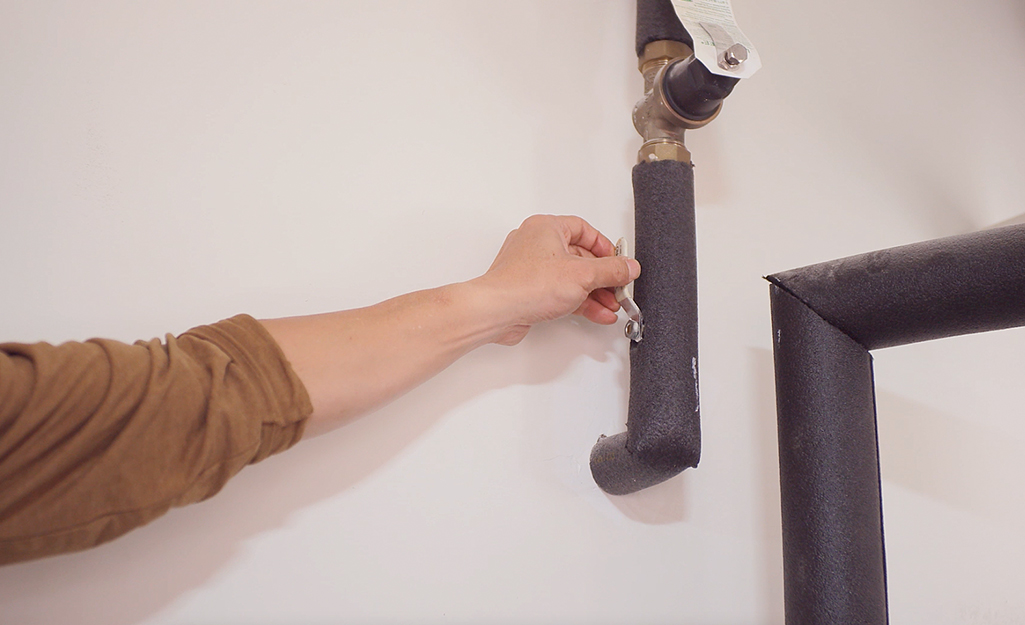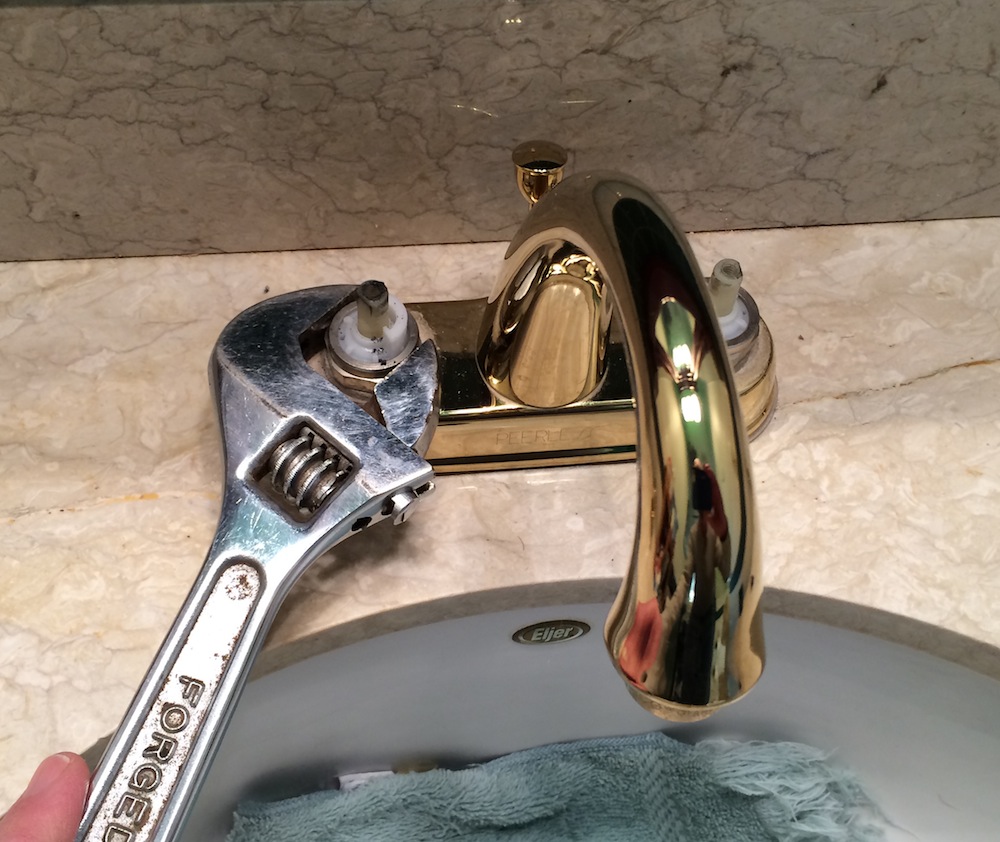Which It's Critical to Resolve a Broken Faucet
View MoreJust how do you feel when it comes to Should I Repair or Replace a Leaky Faucet??

Dripping faucets may seem like a small aggravation, yet their impact surpasses just the nuisance of the audio. From wasting water to incurring unnecessary financial costs and health and wellness threats, overlooking a leaking tap can cause numerous effects. In this post, we'll explore why it's critical to address this usual house concern quickly and effectively.
Wastage of Water
Environmental Effect
Dripping faucets add substantially to water wastefulness. According to the Epa (EPA), a single tap trickling at one drip per second can waste greater than 3,000 gallons of water annually. This not only stress water resources however also impacts environments and wildlife based on them.
Step-by-Step Overview to Repairing a Dripping Tap
Devices Required
Before trying to deal with a dripping faucet, collect the essential tools, consisting of an adjustable wrench, screwdrivers, replacement parts (such as washers or cartridges), and plumber's tape.
Typical Tap Issues and Their Solutions
Recognize the sort of tap and the details concern creating the drip. Usual troubles consist of worn-out washers, rusty shutoff seats, or damaged O-rings. Refer to producer instructions or on-line tutorials for detailed support on repair services.
Financial Expenses
Increased Water Bills
Past the ecological impact, trickling taps can inflate water costs significantly. The built up wastefulness gradually translates right into higher energy costs, which could have been prevented with timely repair work.
Prospective Building Damages
Additionally, prolonged leaking can bring about damage to components and surfaces surrounding the tap. Water buildup can cause staining, deterioration, and also structural issues if left ignored, resulting in additional repair work expenses.
Wellness Problems
Mold And Mildew and Mold Development
The consistent existence of wetness from a leaking faucet creates a suitable environment for mold and mildew and mold growth. These fungi not just endanger interior air high quality but additionally present health and wellness risks, specifically for individuals with respiratory conditions or allergic reactions.
Waterborne Illness
Stagnant water in leaking faucets can end up being a breeding ground for microorganisms and other virus, increasing the threat of waterborne diseases. Pollutants such as Legionella microorganisms flourish in stagnant water, potentially bring about major health problems when consumed or inhaled.
DIY vs. Specialist Repair
Advantages and disadvantages of Do It Yourself Fixing
While some might attempt to take care of a trickling faucet themselves, do it yourself repair services feature their own set of difficulties. Without appropriate expertise and devices, do it yourself efforts can worsen the problem or bring about incomplete repair work, extending the problem.
Benefits of Hiring an Expert Plumber
Working with a professional plumber guarantees that the underlying root cause of the trickling tap is dealt with successfully. Plumbing professionals have the experience and equipment to diagnose and fix faucet issues successfully, conserving time and reducing the danger of further damages.
Environmental Duty
Private Payment to Conservation
Taking responsibility for dealing with trickling faucets lines up with more comprehensive efforts towards water preservation and environmental sustainability. Every individual's actions jointly make a significant influence on protecting priceless resources.
Sustainable Living Practices
By focusing on prompt fixings and taking on water-saving routines, individuals contribute to sustainable living practices that benefit both existing and future generations.
Safety nets
Normal Upkeep Tips
To stop leaking faucets, carry out routine maintenance such as cleansing aerators, evaluating for leakages, and changing worn-out components without delay. Furthermore, think about installing water-saving tools or upgrading to much more reliable fixtures.
Relevance of Prompt Fixes
Dealing with trickling faucets as quickly as they're discovered protects against additional water wastefulness and potential damage, inevitably saving both water and money in the long run.
Impact on Home Value
Assumption of Well-Maintained Building
Keeping a residential property in good condition, consisting of resolving upkeep concerns like trickling taps, enhances its regarded worth and charm among potential buyers or tenants.
Influence on Resale Value
Qualities with well-kept plumbing fixtures, including taps, command greater resale values in the property market. Addressing leaking faucets can contribute to a favorable impact throughout residential property inspections and arrangements.
Conclusion
Addressing a leaking tap exceeds mere ease; it's a vital action towards conserving water, lowering financial prices, and safeguarding health and home. Whether via do it yourself repair services or expert assistance, acting to fix leaking faucets is a small yet impactful means to promote responsible stewardship of resources and contribute to a healthier, more sustainable future.
How to Fix a Leaky Faucet: Step-by-Step Repair Guide
A leaky faucet may seem like a simple annoyance, but if it's not fixed promptly, that leak could cost hundreds to potentially thousands. From water damage to mold, mildew, and high water bills, even a tiny leak can be catastrophic if left unattended. Damage like this can even affect the overall value of your home, so it's important to take the right approach for leaky faucet repair. You may need the help of a plumber in some cases, but we've got a few tips you can try on how to fix a leaky faucet before calling the pros.
Four Faucet Types
When you're learning how to fix a leaky faucet, the first step is knowing what kind of faucet you're working with! There are four common types.
Cartridge Faucets
Cartridge faucets come in one- or two-handled varieties. In one-handled cartridge faucets, hot and cold water combines in a single cartridge. In the two-handled versions, hot and cold water are controlled separately and mixed in the faucet.
Ball Faucets
Ball faucets have a single lever you push up and down to adjust the pressure and rotate to change the temperature. A slotted metal ball controls the amount of water allowed into the spout.
Compression Washer Faucets
They're the oldest type of faucet, but they're still used in many homes — especially older ones. Compression faucets have two separate handles that, when turned, raise or lower the washer that seals a water valve. This valve stops water from flowing through the faucet when it is turned off.
Disc Faucets
Disc faucets rarely need to be repaired due to their maintenance-free design. The water flow is controlled by two discs — the upper one raises and lowers against a fixed lower disc, creating a watertight seal. If your disc faucet starts leaking, you may need to replace the seals or clean residue buildup from the inlets.
Fixing a Leaky Faucet
Step 1: Turn Off the Water
Whether you're learning how to fix a leaky bathtub faucet or how to fix a leaky kitchen faucet, always turn off the water supply to your working area when you're fixing a leak. The last thing you want is a flood added to your list of things to fix.
Look for the shutoff valves below your sink or around the tub and turn them clockwise to stop the water flow. If your faucet doesn't have shutoff valves, you may need to turn off the water for the whole house. Check to make sure it's off by turning the faucet on. If nothing comes out, you're ready to start the repair.
Step 2: Take Apart the Faucet
How you disassemble your faucet depends on the type of fixture you have. You can use a flathead screwdriver to remove the caps on top of the handle or handles for cartridge and compression faucets. Inside, you should see handle screws. Unscrew these with a screwdriver to remove the handle.
Disc- and ball-style faucets will typically have an inlet screw near the handle, and removing that will reveal the interior of the faucet.
Detach the Valve Stem
For cartridge- and compression-style faucets, you'll see the inner valve stem or cartridge once you remove the faucet handles. If you have a compression faucet, unscrew the brass valve stem. If you have a cartridge faucet, pull out the cartridge. If your cartridge has been in place for a while, it may require some tools or extra force to remove it due to mineral deposits.
Examine and Replace Parts
Once you've removed the parts, check them out to confirm what needs to be replaced. You may see corroded rubber washers, O-rings, stems, or cartridges. On a ball-style faucet, check the seats and springs for damage.
If you need to repair a leaky disc faucet, check the inlet and seals on the lower disc.
Once you determine what parts must be replaced, visit your local hardware store. Bring the damaged parts with you to ensure you can purchase the correct components to replace them.
Clean Valves and Faucet Cavity
If you've removed a stem or cartridge, you may notice mineral buildup in the faucet's threads. Use white vinegar to clean the valve seat by soaking it for a few minutes, then scrub it away with a soft toothbrush and rinse with warm water. You can also clean the interior of the faucet in the same way.
Reassemble the Faucet
Once your faucet is cleaned and the required parts have been replaced, it's time to reassemble it. Put the pieces back together and slowly turn the water supply back on. Doing this slowly is crucial because too much initial water pressure can damage the new hardware you've just installed.
https://homewarranty.firstam.com/blog/how-to-fix-leaky-faucet

As an avid reader about 4 Common Reasons for a Leaky Faucet, I thought sharing that portion was worth the trouble. Sharing is good. Helping others is fun. I take joy in your readership.